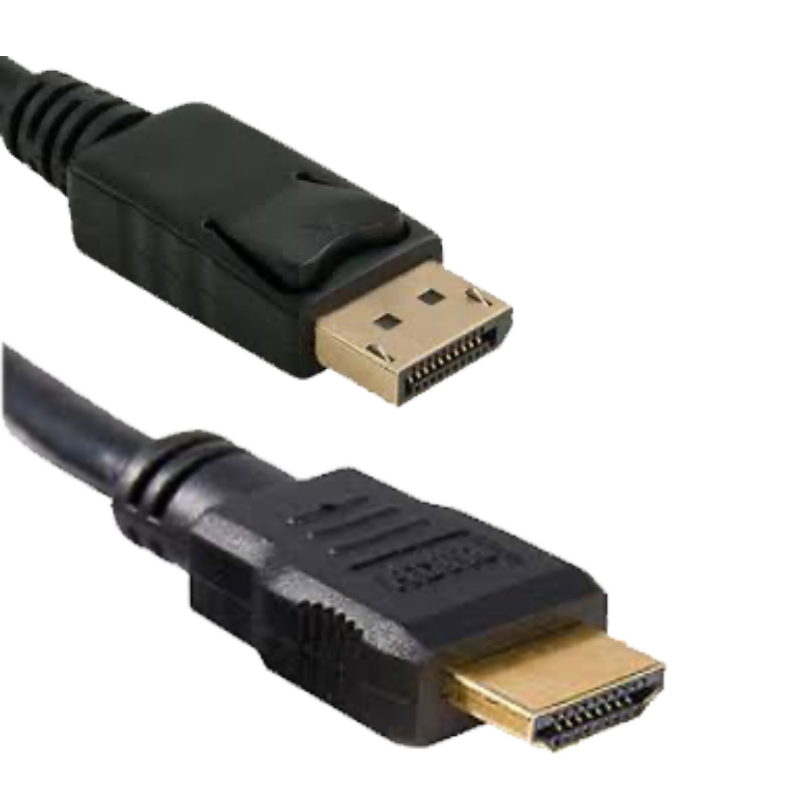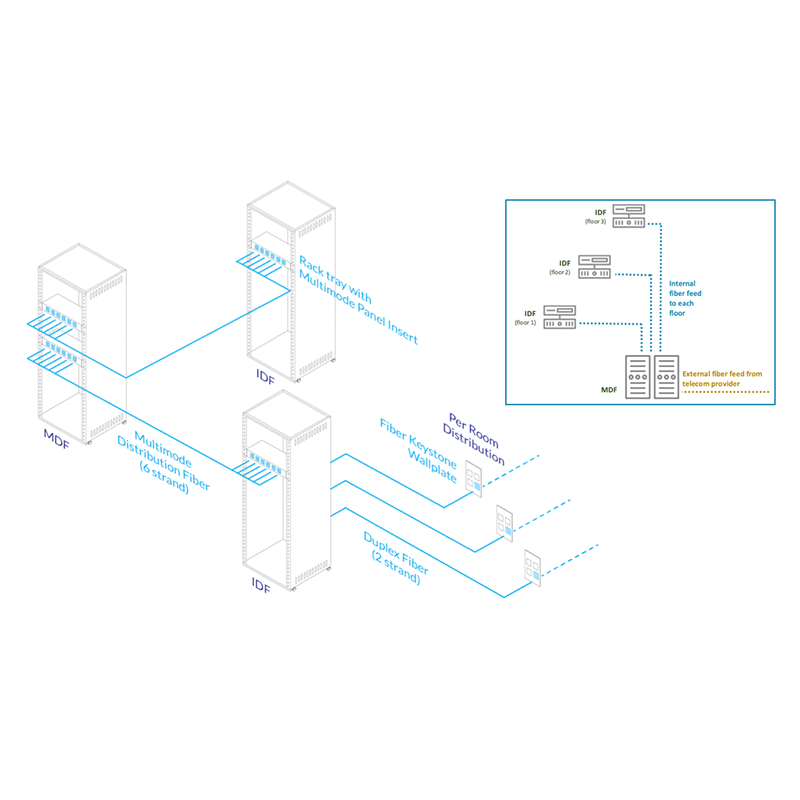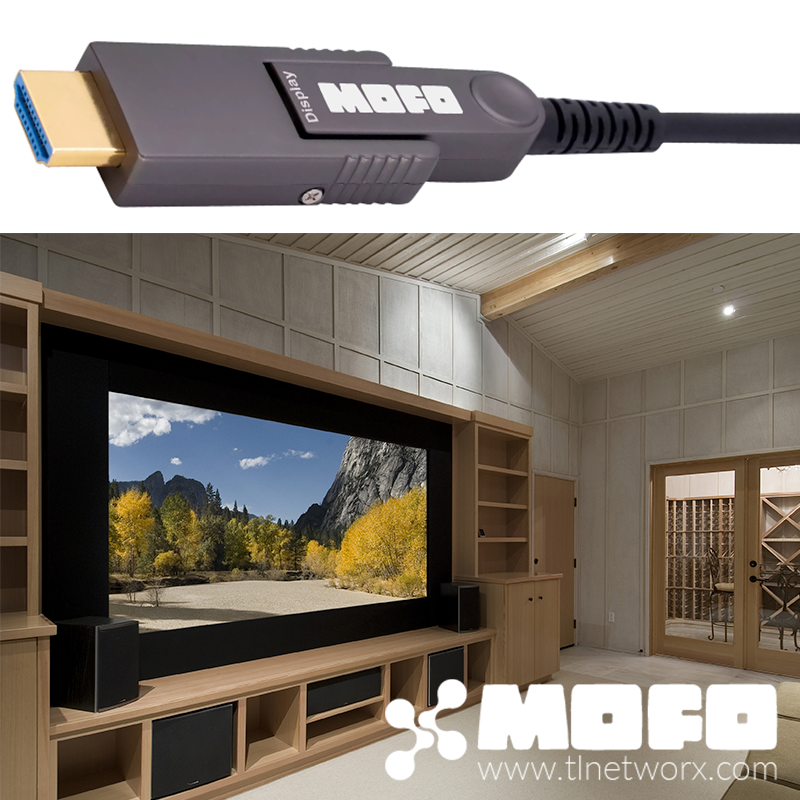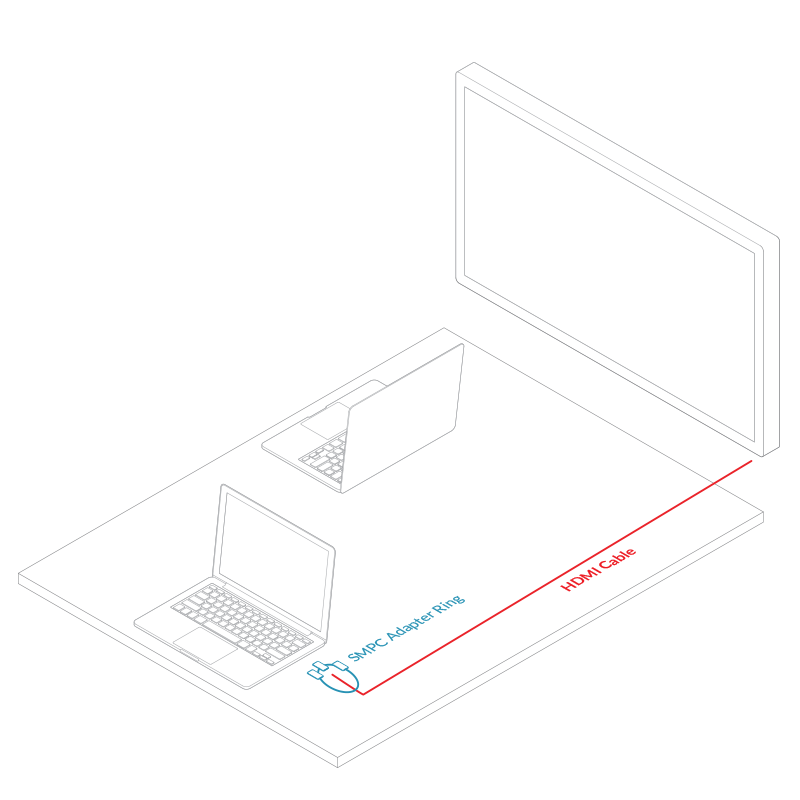HDMI vs. DisplayPort: Which is Better for eSports?

eSports and consumer gaming demand extremely fast processing speeds, ultra high-definition resolutions, accurate color quality and blazing refresh rates. So when it comes to choosing a video connection format, is it better to go with HDMI or DisplayPort? This article explores the differences.
HDMI vs. DisplayPort Specifications
On the surface, DisplayPort handily outperforms HDMI with maximum transmission rates, maximum data rates and overall maximum resolution. The chart below compares signal formats (including their release versions) commonly used for gaming.
| Signal Type | Release Version | Max Transmission Rate | Max Data Rate | Resolution @ Refresh Rate |
| DisplayPort | 1.0 - 1.1a | 10.8 Gbps | 8.64 Gbps | 1080p @ 144 Hz |
| DisplayPort | 1.0 - 1.1a | 10.8 Gbps | 8.64 Gbps | 4K @ 30 Hz |
| DisplayPort | 1.2 - 1.2a | 21.6 Gbps | 17.28 Gbps | 1080p @ 240 Hz |
| DisplayPort | 1.2 - 1.2a | 21.6 Gbps | 17.28 Gbps | 4K @ 75 Hz |
| DisplayPort | 1.2 - 1.2a | 21.6 Gbps | 17.28 Gbps | 5K @ 30 Hz |
| DisplayPort | 1.3 | 32.4 Gbps | 25.92 Gbps | 1080p @ 360 Hz |
| DisplayPort | 1.3 | 32.4 Gbps | 25.92 Gbps | 4K @ 120 Hz |
| DisplayPort | 1.3 | 32.4 Gbps | 25.92 Gbps | 5K @ 60 Hz |
| DisplayPort | 1.3 | 32.4 Gbps | 25.92 Gbps | 8K @ 30 Hz |
| DisplayPort | 1.4 - 1.4a | 32.4 Gbps | 25.92 Gbps | 8K @ 120 Hz (w/DSC) |
| DisplayPort | 2.0 | 80 Gbps | 77.37 Gbps | 4K @ 240 Hz |
| DisplayPort | 2.0 | 80 Gbps | 77.37 Gbps | 8K @ 85 Hz |
| HDMI | 1.0 - 1.2a | 4.95 Gbps | 3.96 Gbps | 1080p @ 60 Hz |
| HDMI | 1.3 - 1.4b | 10.2 Gbps | 8.16 Gbps | 1080p @ 144 Hz |
| HDMI | 1.3 - 1.4b | 10.2 Gbps | 8.16 Gbps | 1440p @ 75 Hz |
| HDMI | 1.3 - 1.4b | 10.2 Gbps | 8.16 Gbps | 4K @ 30 Hz |
| HDMI | 1.3 - 1.4b | 10.2 Gbps | 8.16 Gbps | 4K @ 60 Hz (4:2:0) |
| HDMI | 2.0 - 2.0b | 18.0 Gbps | 14.4 Gbps | 1080p @ 240 Hz |
| HDMI | 2.0 - 2.0b | 18.0 Gbps | 14.4 Gbps | 4K @ 60 Hz |
| HDMI | 2.0 - 2.0b | 18.0 Gbps | 14.4 Gbps | 8K @ 30 Hz (4:2:0) |
| HDMI | 2.1 | 48.0 Gbps | 42.6 Gbps | 4K @ 144 Hz |
| HDMI | 2.1 | 48.0 Gbps | 42.6 Gbps | 8K @ 30 Hz |
As a side note, you might notice the above chart doesn't include Thunderbolt, which is becoming more common in monitor connectivity. Thunderbolt is based on the DisplayPort standard -- Thunderbolt 2 supports DisplayPort 1.2 and Thunderbolt 3 support DisplayPort 1.4. HDMI is also supported via a Thunderbolt connection; however, adapters are required to make the conversion.
Construction & Implementation
Specifications shouldn't be the only factor in comparing the two standards. Construction and implementation also factor into the conversation. The chart below compares often-asked signal and construction features.
|
Feature |
DisplayPort |
HDMI |
|
Locking connector |
Yes |
No |
|
Embedded audio channel |
Yes |
Yes |
|
Embedded HDCP content protection |
Yes |
Yes |
|
Variable refresh rates (VRR) |
Yes (DP 1.2a) |
Yes (HDMI 2.1) |
|
Multi-stream transport (MST) |
Yes |
No |
|
Native USB-C connector support |
Yes |
No |
|
Max certified cable length |
3m (9.8 ft.) |
15m (49.2 ft.) |
Specifications vs. Reality
When only considering raw specifications, DisplayPort clearly outperforms HDMI. So why don't we see it more widely used?
The reality is the vast majority of consumer devices lean toward HDMI connections. Monitors are increasingly featuring DisplayPort connectors; however, video game systems and PCs more commonly leverage HDMI. This preference becomes even more heavy when considering other electronics, such as projectors, splitters, switchers and other audio-visual distribution devices.
In most cases, DisplayPort and HDMI are implemented the same and your preference should fall toward what you are connecting and the length of the video run.
TechLogix manufacturers a variety of fiber-based cables and electronics used to distribute audio, video, control, network and USB signals. They regularly interface with both HDMI and DisplayPorts, especially in eSport and gaming applications.




Comments